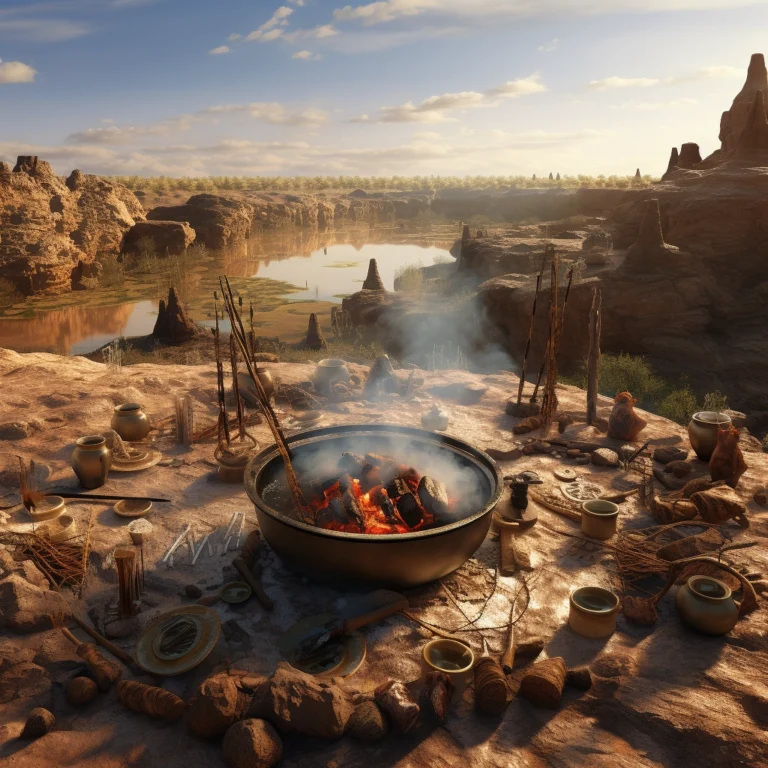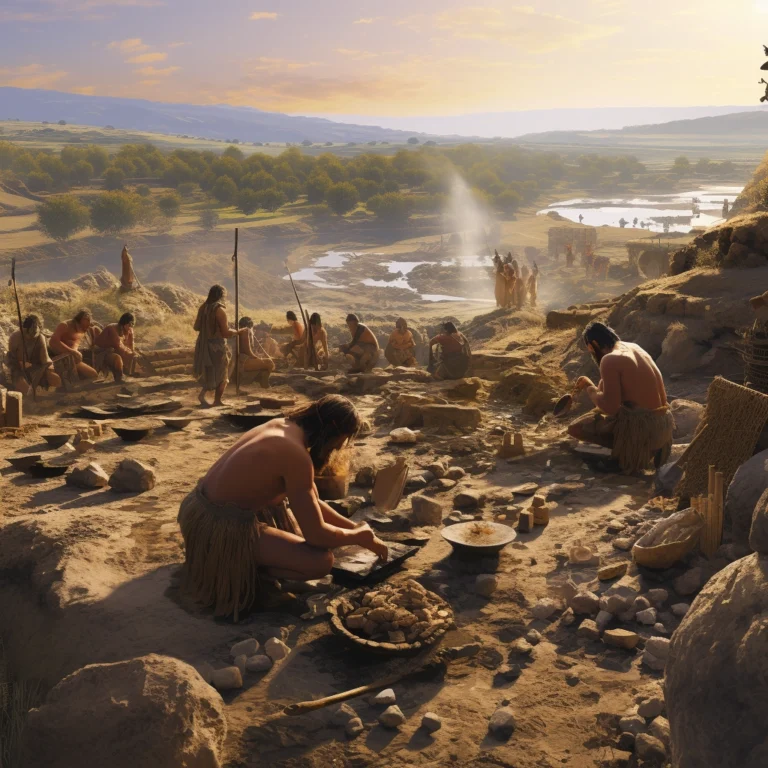The Bronze Age, a period marked by significant advancements in metalworking, agriculture, and societal organization, also heralded considerable changes in the human diet across various regions. Our understanding of what people had to eat in the Bronze Age unveils a tapestry of dietary practices shaped by geography, climate, and technological innovations. Drawing from recent research, let’s delve into three key dietary patterns that characterized this era.

1. Varied Dietary Practices Across Regions
The diet during the Bronze Age varied significantly across different regions. In Central Italy, for example, there was evidence of a high-protein intake including fish in the Early Bronze Age, shifting towards a diet dominated by plant proteins, such as legumes and millet, by the Middle Bronze Age. For insights into how modern organic foods, akin to those consumed in the past, can benefit health today, consider exploring the health perspective on a vegan diet versus an animal-based diet here.
2. Introduction and Spread of New Crops
The introduction and spread of new crops, notably millet, was a hallmark shift in the Bronze Age, for what people had to eat. This period witnessed the beginning of significant cultural exchanges and subsistence strategy changes, facilitated by increasing trade networks and the movement of peoples. To understand the importance of organic cultivation practices and how they compare to ancient agricultural methods, read more about the key differences between organic and conventional foods here.


3. Predominance of Pastoralism and Animal Proteins
Despite the introduction of agriculture and new crops, pastoralism remained a predominant subsistence strategy in many areas, contributing significantly to the Bronze Age diet. The reliance on animal proteins, derived from domesticated animals such as sheep, goats, and cattle, not only provided essential nutrients but also shaped the social and economic structures of Bronze Age societies. A deeper dive into the role of natural whole foods, which were central to ancient diets, and their benefits in reducing inflammation can be found here.
The diet of Bronze Age societies offers a window into the lives of our ancestors, revealing a complex interplay of environmental adaptability, agricultural innovation, and cultural exchange. From varied dietary practices across regions to the introduction of new crops and the predominance of pastoralism, the culinary practices of the Bronze Age were diverse and reflective of a dynamic period in human history.